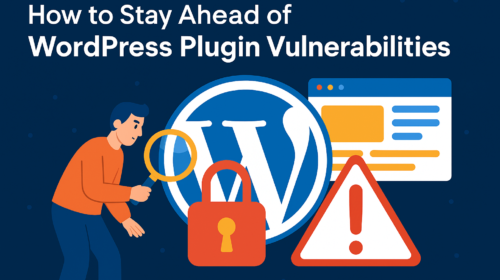
Essential Web Application Security Requirements You Shouldn’t Overlook
Building a modern web application is not just about sleek design and great user experience—it’s about security. Today, cyber threats are more sophisticated than ever, and meeting essential web application security requirements is not optional. Whether you run a startup or a high-traffic WordPress site, understanding these standards can save you from costly breaches and downtime.

1. Secure Authentication and Authorization
Every secure app begins with strong user identification. Enforce multi-factor authentication (MFA), secure password storage (e.g., using bcrypt), and role-based access control to make sure users can only access what they’re allowed to. Avoid using outdated authentication methods that expose user data.
2. Data Encryption in Transit and at Rest
All sensitive data—passwords, personal info, financial details—must be encrypted. Use HTTPS with TLS 1.2 or higher for data in transit, and encrypt your database fields where private information is stored. This is not just best practice; it’s often a legal requirement under GDPR or HIPAA.
3. Input Validation and Output Encoding
SQL injection, cross-site scripting (XSS), and command injection are still top attack vectors. Ensure all user inputs are validated server-side and client-side. Use output encoding to prevent malicious scripts from being rendered in the browser.
4. Secure Session Management
Sessions must expire after a reasonable period of inactivity. Use secure, HTTP-only cookies and regenerate session IDs upon login. Also, always invalidate sessions on logout to prevent reuse by attackers.
5. Secure Configuration and Dependency Management
Don’t leave your application’s default configurations untouched. Turn off unnecessary features, restrict access to admin panels, and ensure all third-party libraries are up to date. Old plugins or outdated dependencies are one of the easiest ways for hackers to gain access.
6. Logging and Monitoring
Security isn’t complete without visibility. Track unusual behavior and generate alerts for suspicious activity. But remember: logs themselves should be secured and never contain sensitive data.
7. Regular Vulnerability Scanning and Penetration Testing
Meeting security requirements isn’t a one-time task. Your application should undergo regular vulnerability scans and be tested for real-world exploits through penetration testing. This helps uncover weak points before attackers do.
If you’re unsure whether your site meets these security requirements, we can help. Try our professional vulnerability scanning service to detect and address issues before they become threats—especially if you run a WordPress site.
If you want to explore other articles similar to Essential Web Application Security Requirements You Shouldn’t Overlook you can visit the Web Vulnerabilities.






Leave a Reply